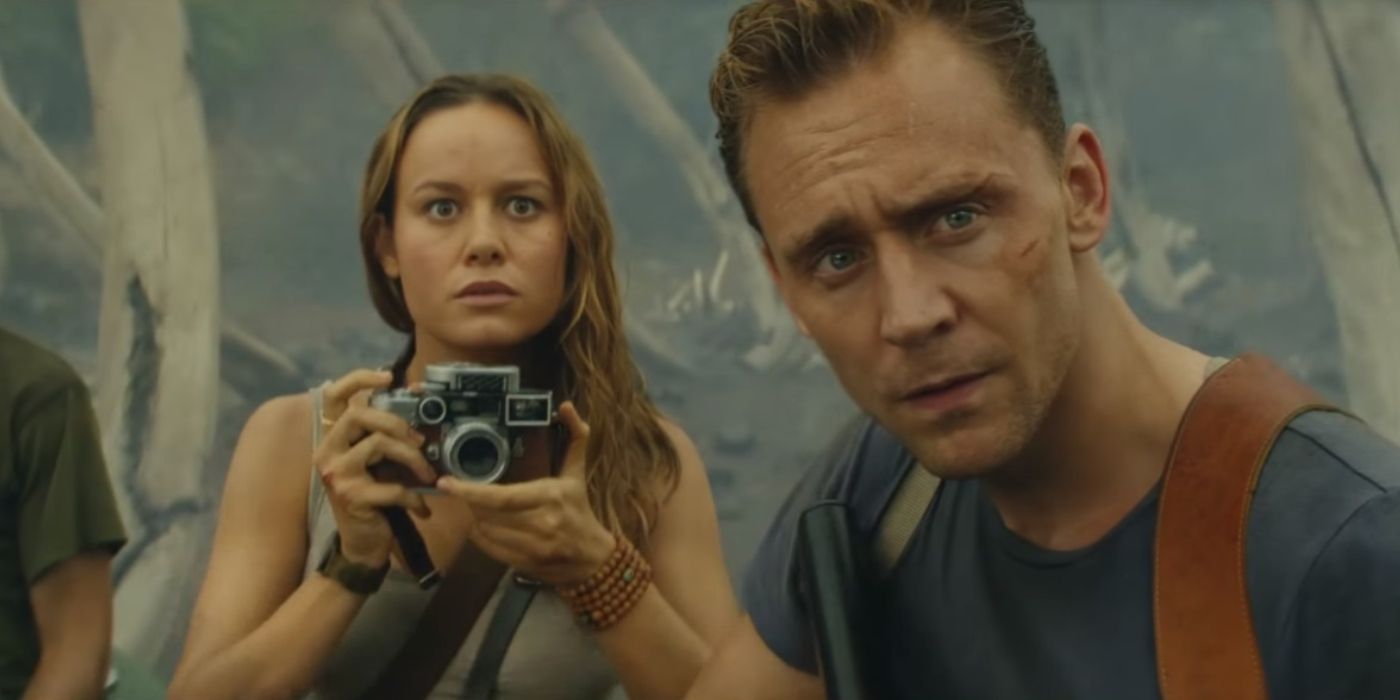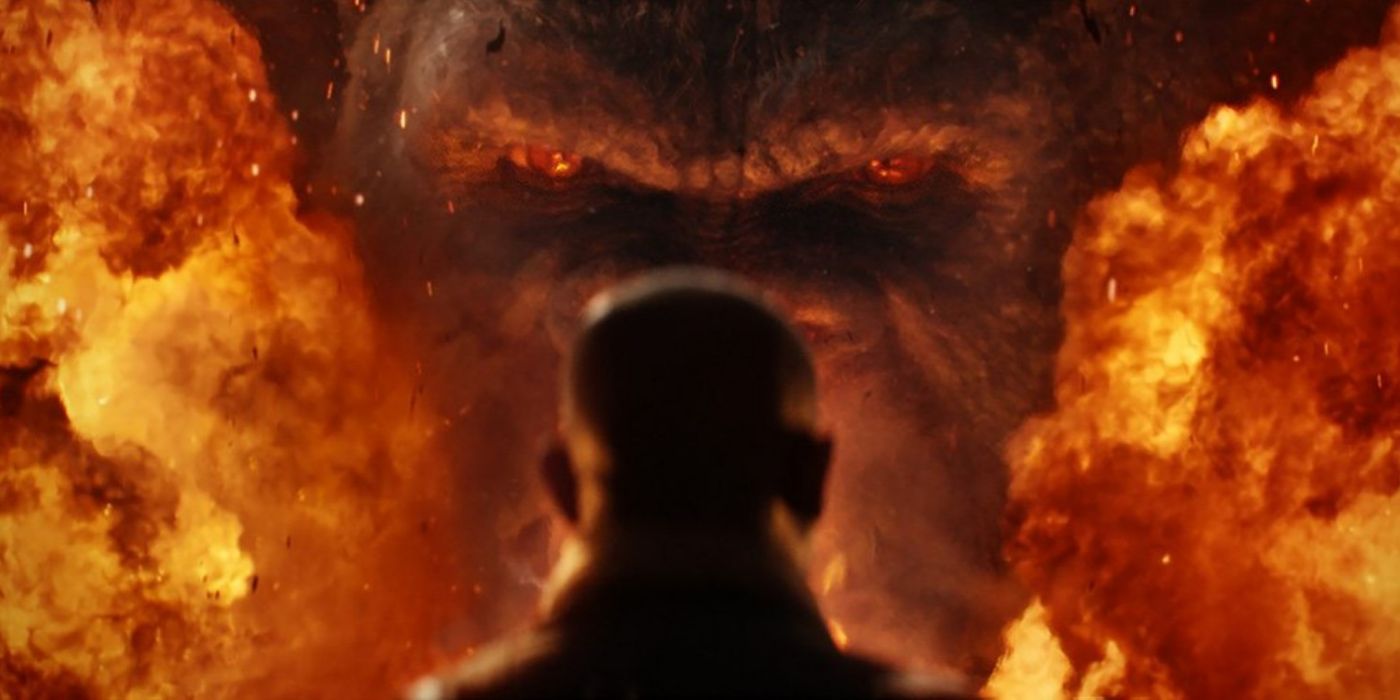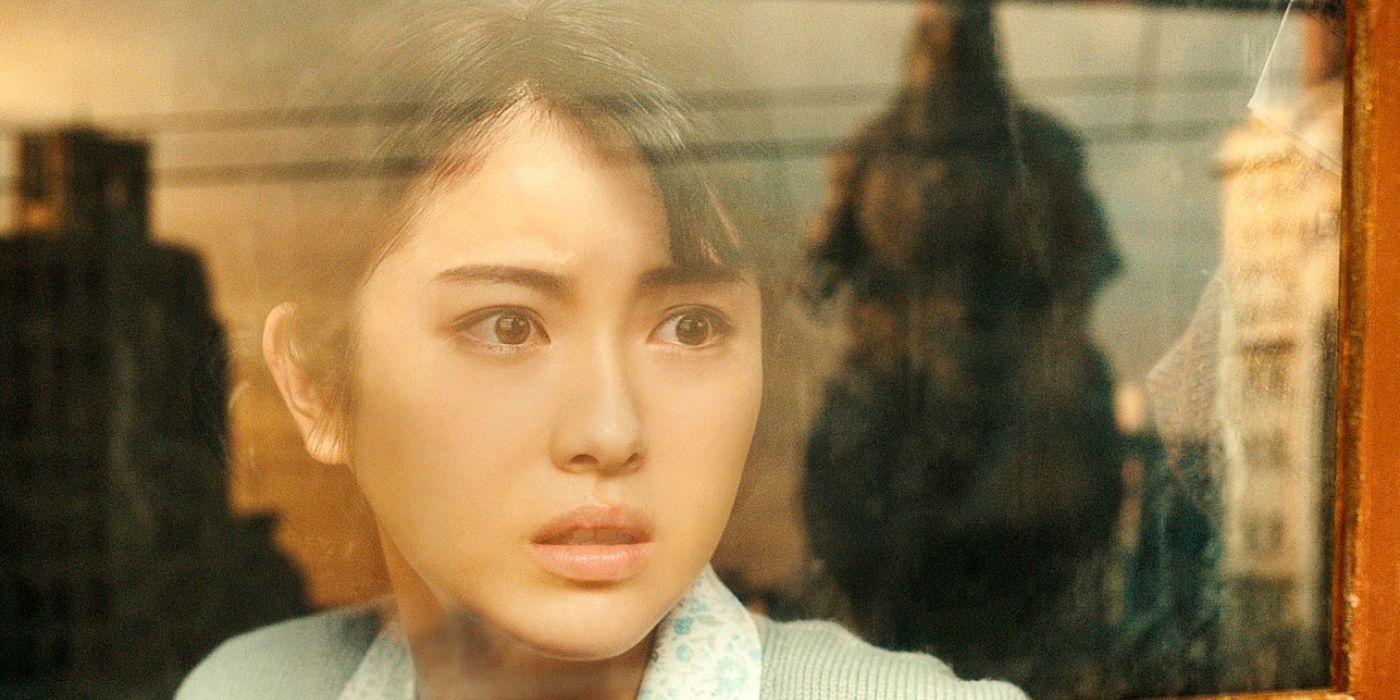The Big Picture
- Kong: Skull Island's 1973 setting adds depth and complexity to human characters in the MonsterVerse.
- The unique atmosphere and energy of the film make it the best adaptation of Kong in this generation.
- Compelling characters, visual effects, and storytelling tools make Kong: Skull Island a standout film in the MonsterVerse.
It's hard to ignore the earthshaking, skyscraper-toppling battles of Kaiju in the MonsterVerse, but with a growing archive of these massive monsters, one film might fall through the cracks— but it definitely shouldn't. Kong: Skull Island is Kong's mighty entrance into the MonsterVerse, and it stands out as one of the most memorable and underrated films in the cinematic universe. While 2014's Godzilla was a groundbreaking (literally) advancement in the Godzilla franchise, it was Kong: Skull Island that cemented the Legendary Pictures cinematic universe as something to watch out for. Arguably one of the best adaptations of Kong, the iconic character returned to the silver screen in an action-packed survival adventure set in the waning days of the Vietnam War. It's precisely that distinct setting and time period, unique among the MonsterVerse, that gives Kong: Skull Island such a unique atmosphere, adding depth and complexity to its human characters to make this film the best among this generation's iteration of iconic kaiju.
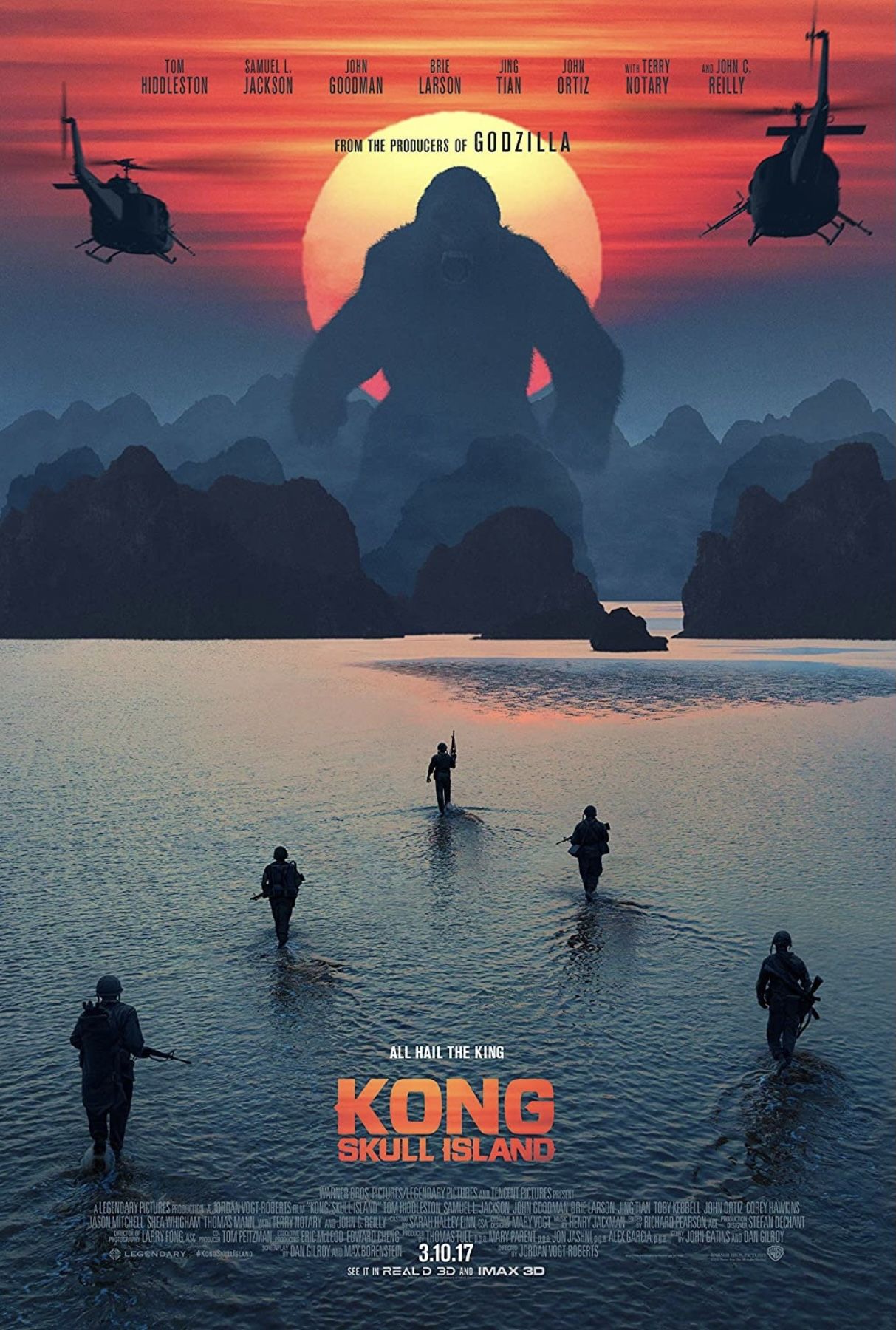
Kong: Skull Island
After the Vietnam war, a team of scientists explores an uncharted island in the Pacific, venturing into the domain of the mighty Kong and must fight to escape a primal Eden.
- Release Date
- March 10, 2017
- Director
- Jordan Vogt-Roberts
- Cast
- Tom Hiddleston , Brie Larson , Samuel L. Jackson , Corey Antonio Hawkins , John Goodman , Jason Mitchell
- Runtime
- 118 minutes
'Kong: Skull Island' Is a Period Piece Set After the Vietnam War
Kong: Skull Island has all the impressive visual effects, ground-rumbling sound design, and jaw-dropping design of its titular character that makes it one of the most stunning depictions of Kong ever put on screen. But even with such excellent use of motion capture and CGI, paired with some downright brilliant creature design, the movie's greatest strength is actually its period setting. Though the television series Skull Island and Monarch: Legacy of Monsters feature extensive storylines set in the past, Kong: Skull Island is the only addition to the theatrical MonsterVerse films that is set entirely in a different period than the modern day, Set in 1973 at the closing stages of the Vietnam War, Kong: Skull Island has an overarching atmosphere and energy that adds complexity to an otherwise straightforward monster survival movie. At this time, Monarch was a dying organization on the brink of being shut down, paralleling the declining military involvement of the United States in Vietnam as they began their exit and final campaigns from the country.
The historical setting of Kong: Skull Island allowed for aesthetic choices that immersed viewers in that particular time period, while also connecting these aesthetic choices to the overarching themes and symbols of the film. The wardrobe of the soldiers on the mission is customized, adding personality and uniqueness to the armed personnel on the mission to Skull Island and keeping them from completely blending all together. But where that era had its variety in costume, it lacked the technological advancement present in the other MonsterVerse films. This ultimately raised the stakes and tensions as the human characters felt far more fragile and outgunned than they do in future installments. However, they did have one terrifyingly destructive tool in their arsenal that was synonymous with the United States during the Vietnam War: napalm. This fiery incendiary wasn't just a powerfully devastating weapon, it was also symbolic of the expansive military reach and power of the American army in that decade.
The Setting Raises the Stakes and Complexity of the Human Characters
Outgunned and out-of-their-depth in the supernatural Skull Island, the human characters of the film demonstrate more complexity than you might expect from a monster movie. The U.S. soldiers (Eugene Cordero, Shea Wigham, Jason Mitchell, and Toby Kebbell) are humanized thanks to the situation set up by the film's setting. They are all soldiers who were one day away from returning home before they were pulled into this mission, and the emotional weight of that is palpable. "Dear Billy" becomes a unifying mantra among the soldiers, representing their brotherhood as they share the words that one of their own continued to write to their son back home. Repeating the words became a symbol that connected them to the viewers because, even though Billy never appeared on-screen, the yearning for home and the injustice of being brought back into a war were deeply humanizing emotions.
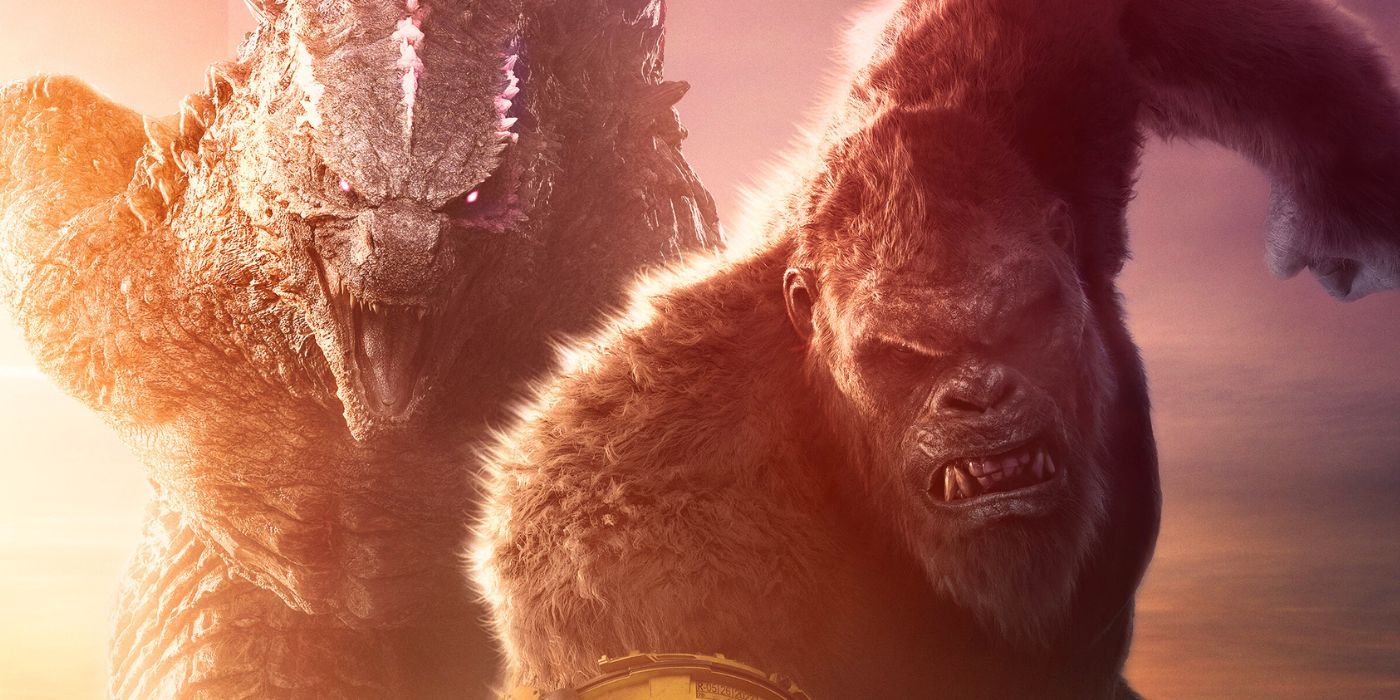
'Godzilla x Kong: The New Empire': Release Date, Cast, and Everything We Know About the MonsterVerse Film
Get ready for a rematch of gargantuan proportions.Bill Randa (John Goodman) is the senior official from Monarch and the driving force behind the expedition. Motivated to keep Monarch running, he capitalizes on the unique desperation and wariness of the United States during the Cold War to fund the expedition as a last-ditch effort. James Conrad (Tom Hiddleston), a tracker, and Mason Weaver (Brie Larson), an anti-war photographer, add further variety to the cast of characters. Weaver, in particular, becomes emblematic of the anti-war and anti-violence sentiments that become key to the film. Her scrutinizing eye toward the military serves as one of the emotional tethers to keeping Kong alive.
'Kong: Skull Island' has Compelling Human Protagonists and Antagonists
Even among an already compelling group of characters, Samuel L. Jackson and John C. Reilly are the true stars of the film (excluding Kong, of course). In a tour de force of acting from both of these performers, they each embody characters that are stark contrasts and foils to one another in a deeply compelling fashion. Jackson plays Col. Packard, the singular focal point of American negativity as he embodies an unquenchable desire for revenge against Kong, and the bloody conviction to attain it by any means necessary. Packard is the one to ignite the roaring flames of napalm to take down Kong, staring down the behemoth with such audacity and defiance that only Jackson could convincingly portray. The scenes in which Packard and Kong stand off against one another are hauntingly beautiful as they are both visually stunning and emotionally laced with vitriol and anger.
To counterbalance the burning rage of Packard, Reilly plays Hank Marlow, a World War II soldier who was stranded on Skull Island decades prior. Reilly gives an incredibly endearing and likable performance as Marlow, who proves to not just be comic relief, but the most positive force in the movie. While Packard is resistant to understanding Kong, Marlow illustrates the benefits of opening one's self to connection. He had been stranded on the island with a Japanese soldier, his literal sworn enemy, but upon meeting Kong, the two eventually developed a deep friendship. Marlow accepted the other, befriending even an enemy from war to develop a connection so powerful they came to consider each other brothers. Both Packard and Marlow were irreversibly damaged by the violence of war, but they each took drastically different paths that forever altered their lives, for better or for worse.
'Godzilla Minus One' Uses the Same Storytelling Tools To Great Success
While the period-piece setting and deeply complex characters in Kong: Skull Island make it stand out from the other MonsterVerse movies, there's actually a recent addition in the Toho family that uses the same storytelling tools to resounding success. Godzilla Minus One, a standalone film separate from the Legendary Pictures installments, was one of the surprise films of 2023, quickly garnering a reputation as one of the best Godzilla films ever made. Set in the aftermath of World War II, Godzilla Minus One uses the backdrop of a war-torn and recovering Japan to introduce compelling characters, emotionally poignant storylines, and a unique atmosphere to deeply connect its viewers to the movie. Like Kong: Skull Island, the human characters become emotional tethers for the viewers, adding thematic complexity to a movie that could have simply excluded those ideas in favor of more monster action. The two movies both share the same feeling of overwhelming struggle and challenges that make the success of their protagonists exponentially more rewarding. Both stories also address the depths of human folly and hubris, while celebrating the heights of mankind's ingenuity and resilience.
Kong: Skull Island is the most underrated of the MonsterVerse movies, but it certainly deserves far more credit than it has been receiving. From simple but effective design choices to surprisingly complex human characters, Kong: Skull Island might just be the best kaiju movie Legendary Pictures has ever released.
Kong: Skull Island is streaming now on Max in the U.S.

